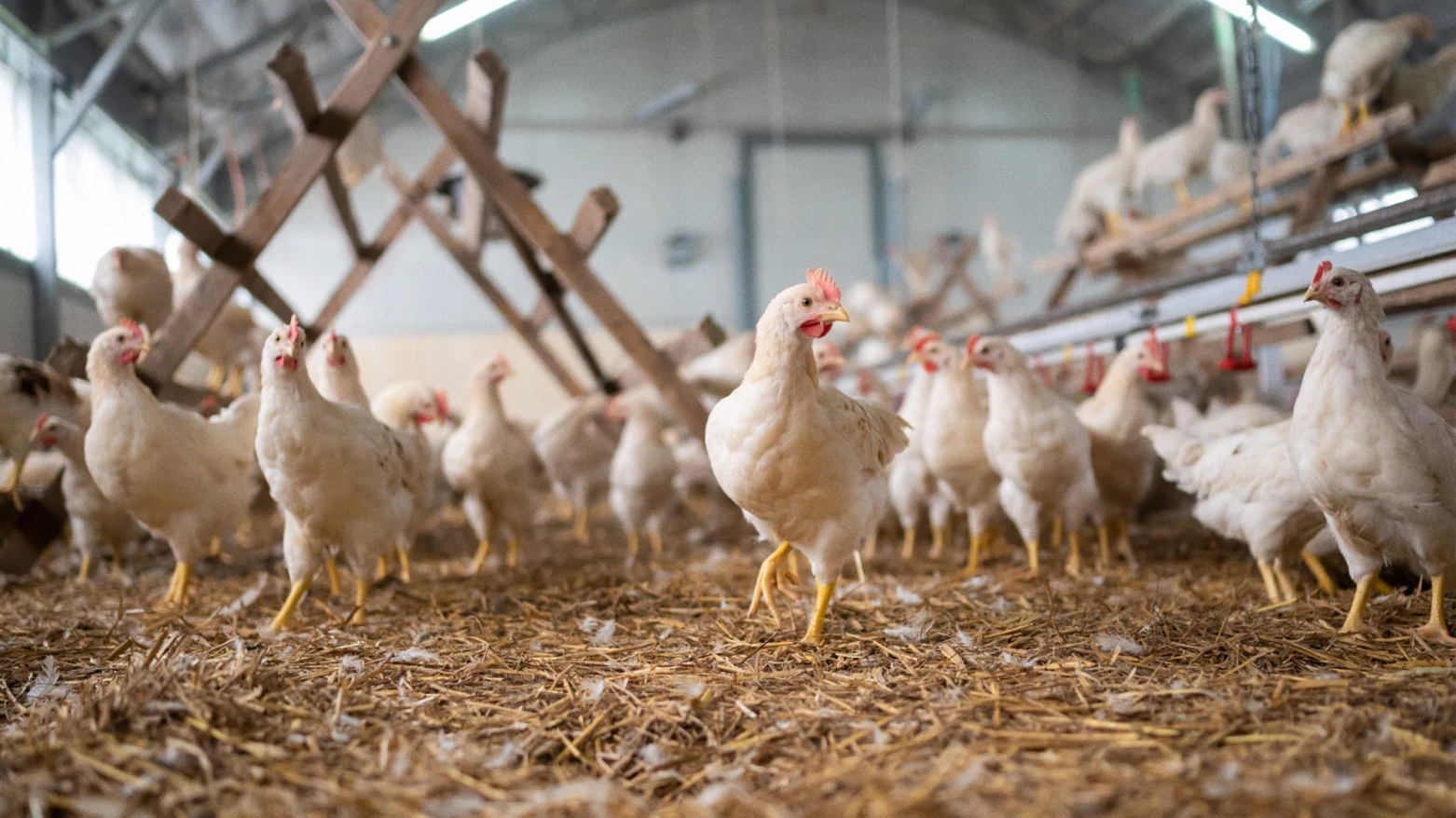Kurdistan Region's Annual Chicken Production Exceeds 280,000 Tons Amid Sector Growth
The Kurdistan Region's annual chicken production tops 280,000 tons amid growth in poultry farms to 1,948. An official told Kurdistan24 that daily egg production of 20.7M vastly exceeds the 2.6M needed, indicating a major surplus.

ERBIL (Kurdistan24) – The Kurdistan Region’s poultry sector is experiencing significant growth, with annual chicken meat production now surpassing 280,000 tons, according to a senior official from the Ministry of Agriculture and Water Resources.
The expansion is supported by a substantial increase in the number of poultry farm projects across the Region, highlighting a robust domestic industry that is also generating a massive surplus in egg production.
In a statement to the Kurdistan24 website on Thursday, Firas Siddiq, the Director of Animal Resources at the Kurdistan Regional Government's (KRG) Ministry of Agriculture and Water Resources, provided a detailed overview of the sector's current state.
Siddiq explained that the market price for live chicken is not fixed and is subject to change based on supply and demand. He noted that at the farm level, a chicken weighing less than three kilograms currently costs 2,450 dinars, while one weighing more than three kilograms is priced at 2,800 dinars.
Highlighting the expansion of the industry's infrastructure, the Director of Animal Resources pointed out a marked increase in poultry projects over the past several years.
According to Siddiq, the number of meat poultry projects has grown from 1,510 in 2019 to 1,948 at present, demonstrating sustained investment and development within the sector.
This increase in capacity directly contributes to the high volume of chicken meat being produced annually for local consumption and potential export.
Beyond meat production, Siddiq also provided figures on the Region’s substantial egg output. He indicated that while the estimated daily consumption requirement for eggs is 2,672,000, the current daily production rate stands at an impressive 20,700,000 eggs.
This data suggests a significant surplus in egg production within the Kurdistan Region, far exceeding the needs of the local population.
In addition to the flourishing poultry sector, the Director of Animal Resources noted that the Kurdistan Region is also home to a large number of other livestock, contributing to the overall strength of its agricultural economy.
According to statistics from his directorate, there are currently 4,500,000 small livestock and 250,000 large livestock in the Region.
